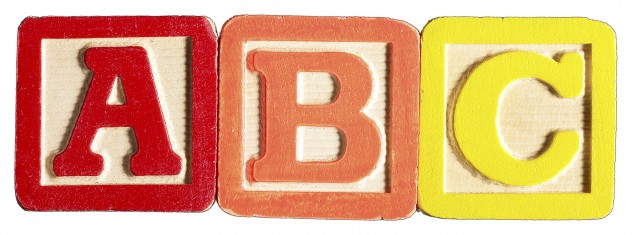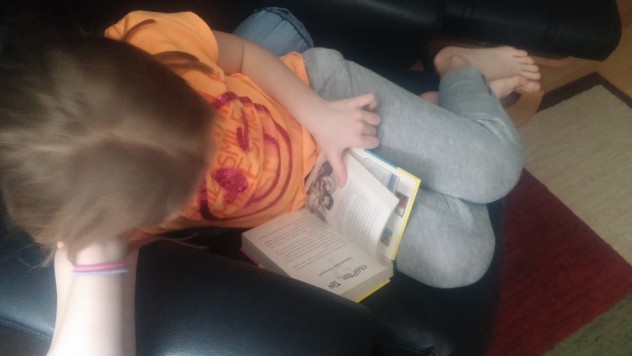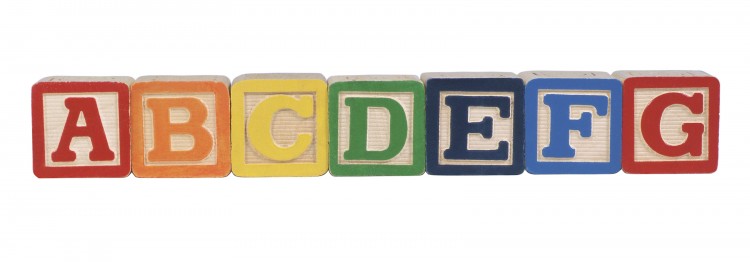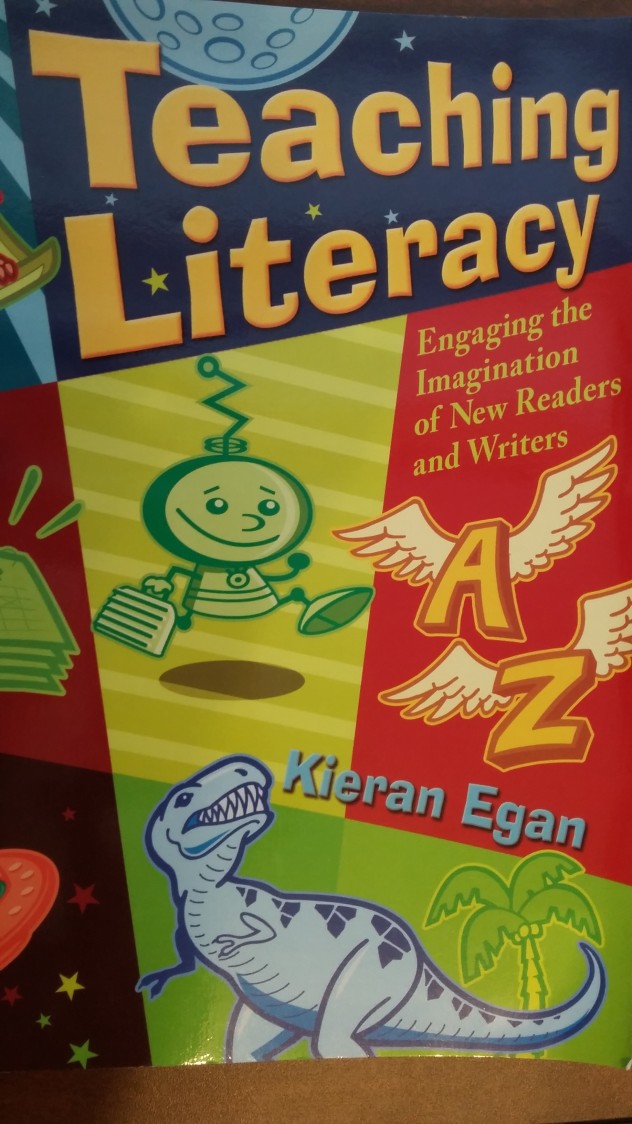 Guest Post: Dr. Kieran Egan
Guest Post: Dr. Kieran Egan
Driving in screws with a hammer
You could, of course, drive in a screw with a hammer, but it’s hard work and in the process you will destroy the gripping power of the screw, and in the end you will have an ineffective result. A poor worker who does such a thing might be told that there is a fancy tool called a screwdriver that will do a much better job. Even though it might seem a bit more elaborate to use a hand-held screwdriver than simply slamming the screw into place with a hammer, it’s worth learning to use the screwdriver. The result will provide six times the gripping power of even a well-driven nail and a power screwdriver can be just as fast as hammering a nail.
To some of us, this seems an apt metaphor for much of schooling. In this metaphor Imaginative Education (IE) is, of course, the screwdriver. When Imaginative Educators talk to many teachers and administrators we are told that our ideas about engaging students’ imaginations to make learning meaningful and engaging are all very well but we are unrealistic. We are often told that we need to recognize that teachers have to cover an unremitting curriculum—a vast encyclopedia organized in blocks over the dozen or more years students are in school— and they need to prepare students for sets of mandated tests on the content. As a result, they don’t have the time or energy to deal with fancy stuff like working to engage imaginations all day. Engaging imaginations is like learning to use the fancy screwdriver tool.

Often teaching something the usual way and teaching in a way more likely to engage students’ imaginations need take no more than three minutes thought. A.E. Housman (1931) observed that many problems can be solved if we take just three minutes to think about them, but most people don’t because “thought is irksome and three minutes is a long time ” (p. xi). In preparing a lesson, just three minutes rethinking how to present the content can enable us to use the screwdriver of imagination rather than the ineffective hammer.
Literacy teaching: Use a screwdriver instead of a hammer
How can one make the mastery of literacy skills something that both engages students’ imaginations while learning, and develops their imaginations as a result of their learning? It will come as no surprise to readers of this blog that this alternative approach suggests pausing for three minutes to think how one might engage things like feelings and mental images, metaphors and jokes, rhyme and rhythm, stories and wonder, heroes and the exotic, hopes, fears, and passions, hobbies and collecting, in engaging the imaginations of both teachers and learners with literacy. In IE such tools for teaching and learning literacy are used in a new and systematic way.

Here is a simple way to transform what are often somewhat dull ways of teaching students how to distinguish the spelling and meaning of “too,” “two,” and “to.”
Example: too, two, and to
There are three friends, whose names are Too, Two, and To. We can invent a game in which the friends’ personalities is evident in the spelling of their names. Let’s introduce them:
Too is clearly very big, maybe he eats “too” much unhealthy food, he is also “too” tall, is clearly hyperactive, and always going beyond what is sensible. Unlike everyone else in his group, even when he includes the letter “o” in his name, he has to include two “o”s.
Two does everything in pairs—she has two cell-phones, two bikes, and is obviously over careful, in case she loses one thing she always has a backup. It is clear from the spelling of her name that she really wishes she were a twin, as she’s managed to put a “w” in her name, which is half way to “twin,” even though there is nothing in her name that the “w” sounds like.
To is constantly on her way elsewhere, or pointing to different things and places. She’s clearly never satisfied with where she is or what she’s got: a bit of a complainer. She’s in so much of a hurry that, unlike the other two, she’s dropped the third letter from her name, and is the slimmest from all her hurrying.
With this example at hand, and the principle in mind, take just three minutes to work out how you could teach the differences among “there,” “their,” and “they’re.” Deriving a personality from the spelling of a word may seem a tad bizarre, but you’d maybe be surprised how students can enjoy doing this kind of activity working in small groups.
Use the tools that will grip the imagination rather than hammering in screws.

More information on employing a cognitive tools focused approach to literacy instruction:
Teaching Literacy: Engaging The Imagination of New Readers And Writers
By Kieran Egan. (2006, Corwin Press.)
[2006 Foreword Magazine Book of the Year Award Finalist: USA Book News “Best Books 2006” Award finalist.]
Enjoy Kieran Egan’s insights?
Enjoy 2 previous posts by Dr. Egan: “The more you know about something the easier it is to be imaginative about it.” and “It takes no longer to be interesting than it does to be boring.”
Reference
Housman, A.E. (1931). (Ed.) Juvenal’s Saturae [The Satires], (Cambridge University Press, [1905], p. xi.


